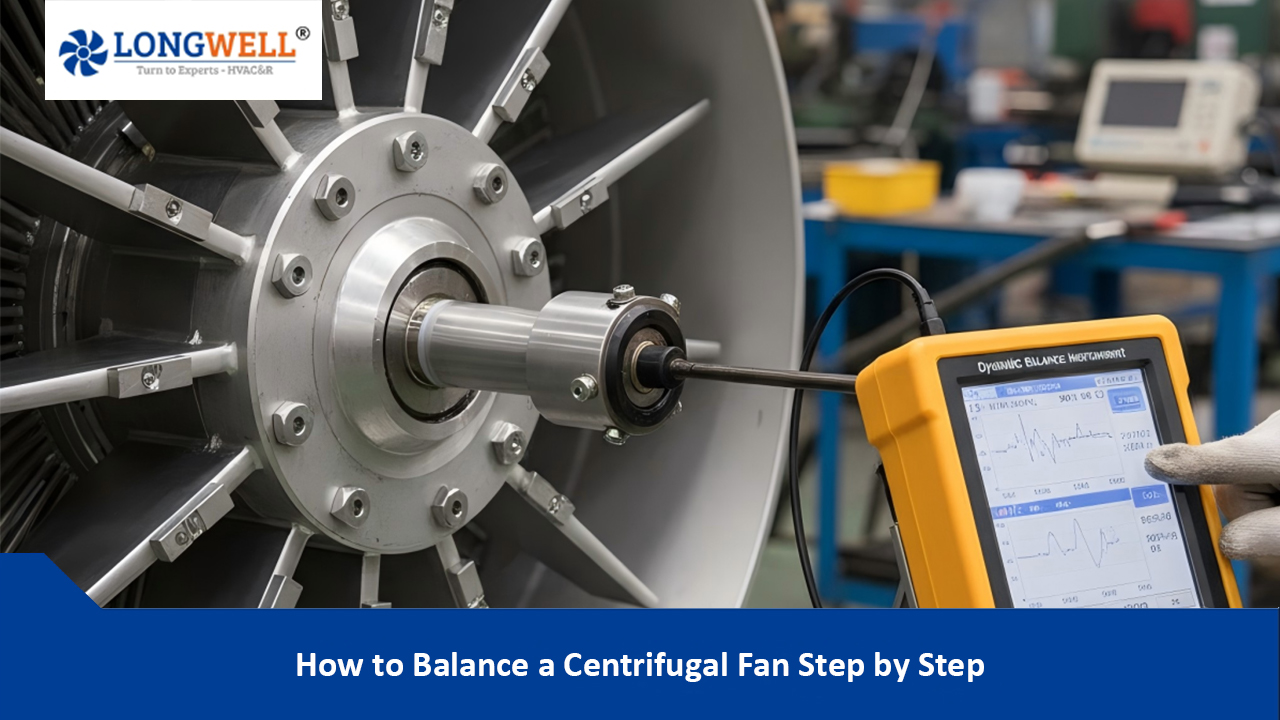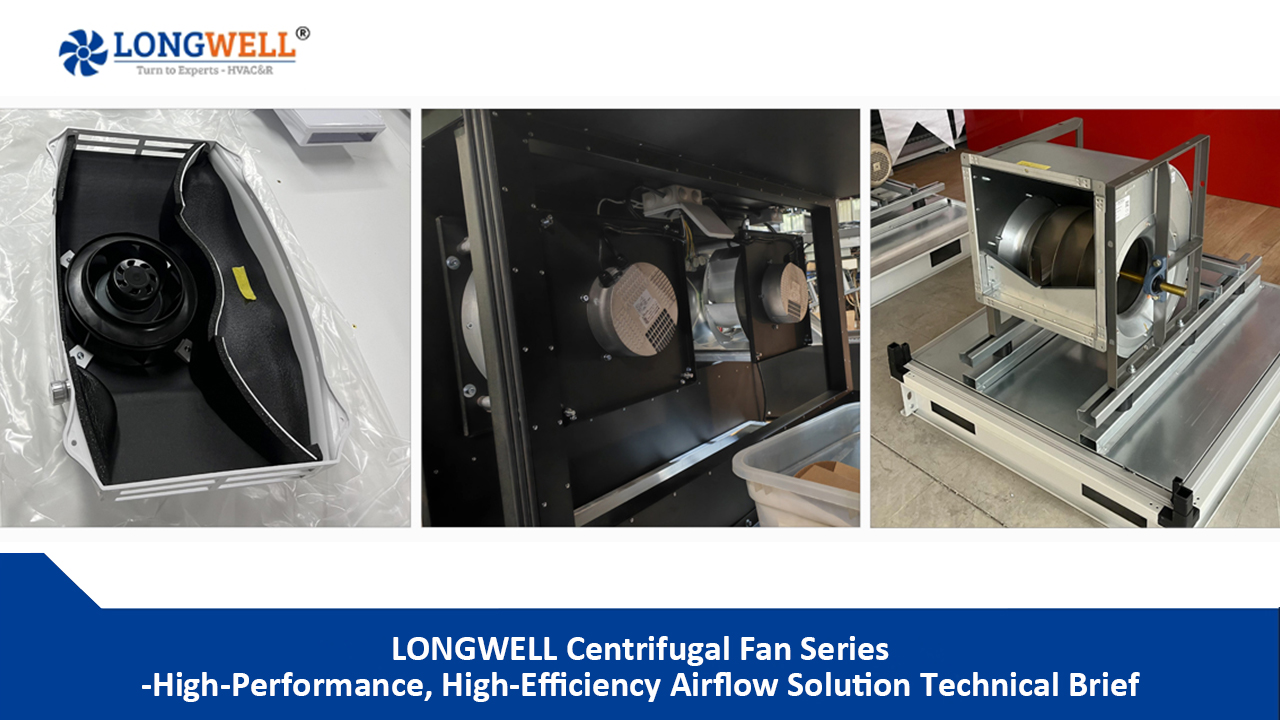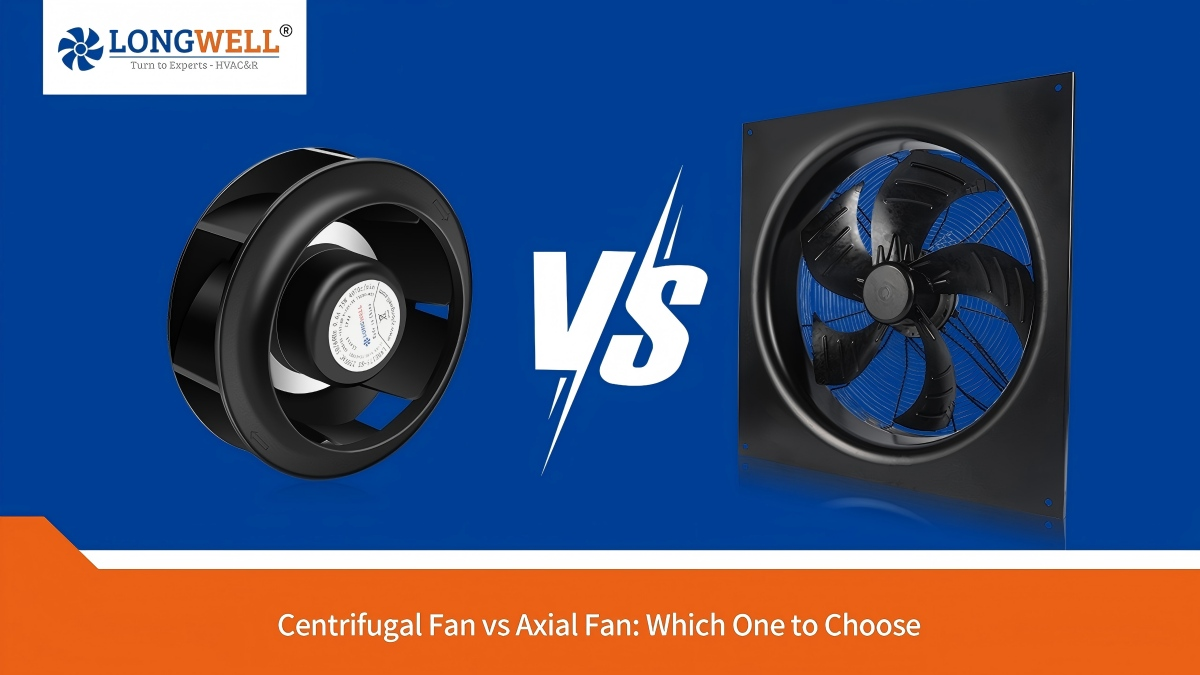Centrifugal fans are essential components in various industrial and residential ventilation systems. The two primary types of centrifugal fans, forward curved and backward curved, offer different advantages depending on the application.
What Are Centrifugal Fans?
Centrifugal fans are designed to move air or gas through a system using rotational force. These fans work by drawing air into the center of the fan and expelling it through the side, often through a duct or system. The blades of a centrifugal fan are curved, which creates a centrifugal force that accelerates the airflow. The curvature and direction of the blades differentiate forward and backward curved fans.
Forward Curved Centrifugal Fans
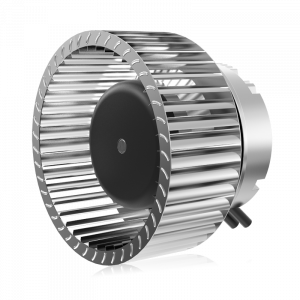
Forward curved fans, also known as squirrel cage fans, feature blades that curve in the direction of airflow. These fans are characterized by their ability to generate high airflow at low static pressures. They are commonly used in residential air handling units, HVAC systems, and air conditioning units.
How Do Forward Curved Fans Work?
The design of a forward curved fan allows air to enter at a perpendicular angle and then follow the curvature of the blades, creating a higher volume of airflow. As the blades rotate, they push the air forward with low resistance. The result is an efficient fan for moving large volumes of air with relatively low power consumption, though it operates at lower pressures compared to backward curved fans.
Advantages of Forward Curved Fans
- High airflow – Ideal for applications that require large volumes of air movement.
- Low noise levels – Quieter operation compared to backward curved fans.
- Compact size – Typically more compact and cost-effective for smaller spaces.
- Energy efficiency in low-pressure applications – They consume less energy when dealing with low-pressure scenarios.
Disadvantages of Forward Curved Fans
- Lower static pressure – Not suitable for applications that require high static pressure.
- Shorter lifespan – Generally, forward curved fans experience more wear and tear over time due to high airflow velocities and pressure differences.
- Limited use in high-temperature environments – Not as durable under extreme conditions.
Backward Curved Centrifugal Fans
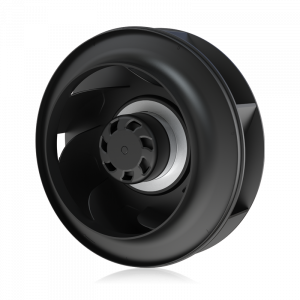
Backward curved fans feature blades that curve against the airflow direction. These fans are designed for higher efficiency and higher static pressure. They are commonly found in industrial applications, where high air pressure is needed for systems such as dust collection or air filtration systems.
How Do Backward Curved Fans Work?
Backward curved fans have blades designed to work against the direction of airflow, which minimizes resistance and increases efficiency. This design allows them to move air at higher pressures with relatively lower airflow compared to forward curved fans. They are known for their durability and ability to handle more demanding applications.
Advantages of Backward Curved Fans
- Higher static pressure – Ideal for high-pressure applications like industrial exhaust systems or air filtration units.
- Greater energy efficiency at higher pressures – More efficient than forward curved fans in high-pressure scenarios.
- Longer lifespan – Better suited for industrial environments due to their rugged construction.
- Improved performance at varying speeds – They maintain performance even with fluctuations in fan speed or load.
Disadvantages of Backward Curved Fans
- Higher initial cost – Backward curved fans tend to be more expensive to manufacture.
- Lower airflow capacity – Compared to forward curved fans, they generate less airflow at similar speeds.
- Increased noise in some applications – They can generate more noise at certain speeds, especially in low-flow conditions.
Key Differences Between Forward and Backward Curved Fans
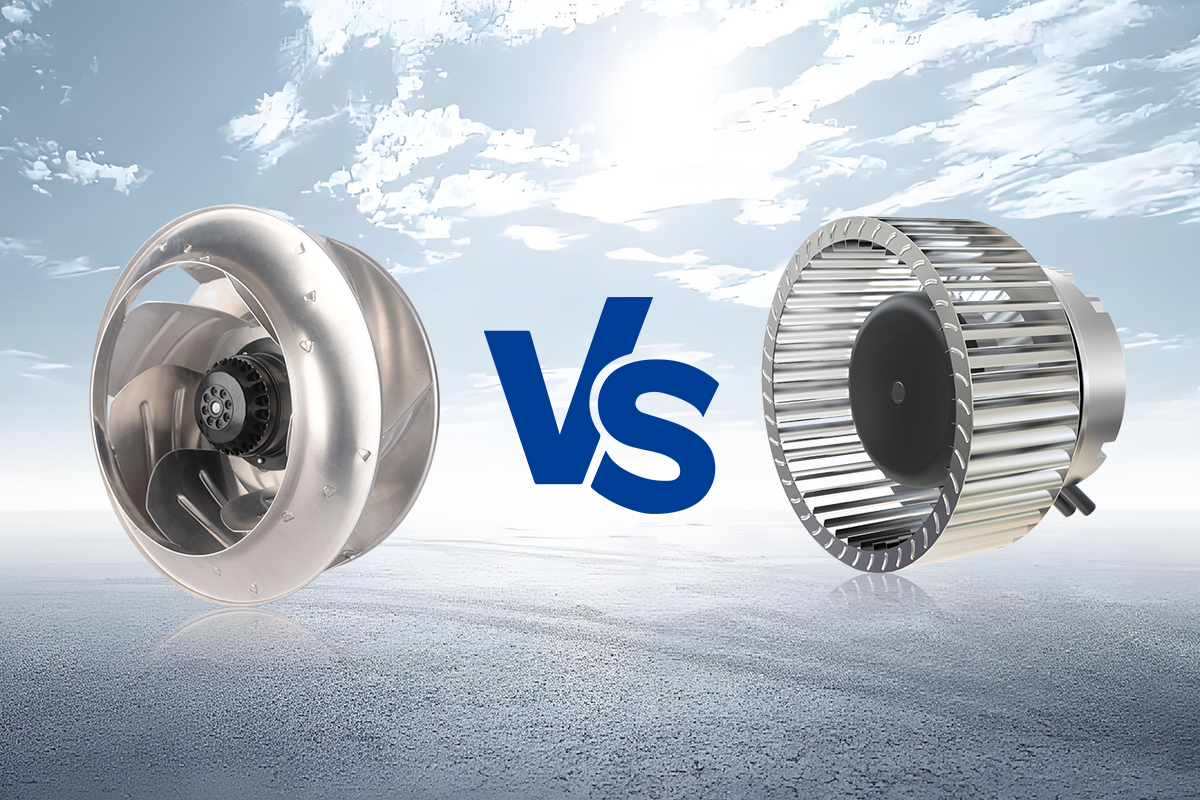
While both types of centrifugal fans serve similar functions, the differences in their design and performance characteristics make them better suited for specific applications. Below is a comparison chart summarizing the key differences:
| Feature | Forward Curved Fans | Backward Curved Fans |
|---|---|---|
| Airflow | High airflow, low static pressure | Lower airflow, high static pressure |
| Energy Efficiency | More efficient in low-pressure applications | More efficient in high-pressure applications |
| Noise | Quieter operation | Can be louder in certain applications |
| Lifespan | Shorter lifespan, more wear and tear | Longer lifespan, more durable |
| Cost | Lower initial cost | Higher initial cost |
| Applications | HVAC, residential systems | Industrial, high-pressure systems |
Choosing the Right Fan for Your Application
When choosing between forward curved and backward curved centrifugal fans, it is important to consider the following factors:
- Application type – If you need high airflow with low pressure, a forward curved fan may be the best choice. For high-pressure, industrial applications, a backward curved fan would be more suitable.
- Energy efficiency – Backward curved fans are typically more efficient in high-pressure scenarios, while forward curved fans are better suited for low-pressure, high-flow applications.
- Noise tolerance – If noise is a concern, forward curved fans tend to be quieter, making them ideal for residential or office environments.
- Budget considerations – Forward curved fans are generally more affordable, while backward curved fans offer more durability and efficiency in demanding applications.
Applications of Forward Curved and Backward Curved Fans
Forward curved fans are commonly used in low-pressure environments where the goal is to move large volumes of air. These fans are often found in:
- Residential HVAC systems
- Air conditioning units
- Cooling fans for electrical equipment
- Ventilation systems in commercial buildings
Backward curved fans are more suited for applications requiring high static pressure. They are widely used in:
- Industrial ventilation systems
- Dust collection systems
- Air filtration systems
- Heavy-duty industrial applications, such as chemical processing
Conclusion
Both forward curved and backward curved centrifugal fans have unique advantages that make them suitable for different applications. Forward curved fans are best for applications that prioritize high airflow at low pressure, while backward curved fans excel in high-pressure, high-efficiency scenarios. Understanding the specific requirements of your ventilation system will help you choose the most suitable fan type.
